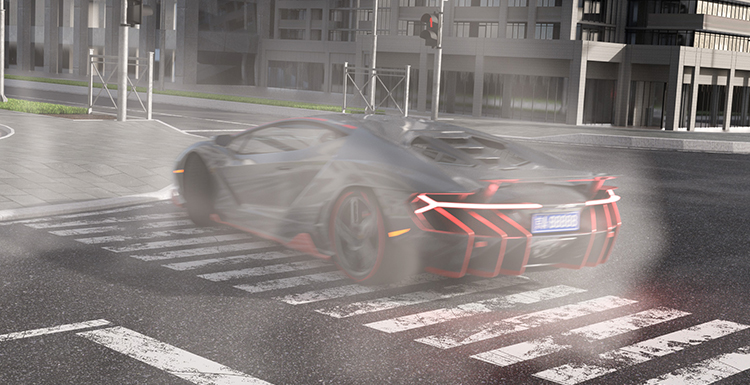
No matter the size of the operation or budget for a project, being a biased renderer, Redshift offers you the capability to adjust the quality and performance to fit your needs. It quickly rose in popularity due to its lightning-fast speed and flexibility it gave its users. Redshift hit the scene in 2014 as an innovative GPU-accelerated, biased render engine. It continues to innovate with wonderful new effectors and fields to control your animation in many ways, often touting that you don’t even need to keyframe to get fun, immersive animations. Over the years, Cinema 4D has built upon these concepts.

Well known for its MoGraph features, Cinema 4D takes concepts that might be a barrier to some and turns them into fun and intuitive feature sets. Its easy-to-use software allows users to hop in and hit the ground running while providing unique and innovative tools and workflows. When it comes to 3D packages, Cinema 4D has been the standard of motion designers for decades.

01.The advantages of Redshift for Cinema 4D users If you are a Redshift and Cinema 4D user, learning to get the most from Redshift Proxies can speed up your workflow and reduce the computational load of your scene. If the Redshift Proxy is from an animated Cinema 4D file, the specific frames required can easily be selected in the master Cinema 4D scene. Each Redshift Proxy duplicate is then assigned its own material set, which when mixed with Cinema 4D's mograph tools, can allow a lot of variation in a scene with the minimal amount of geometry being loaded. Using this is perfect for cars, rocks, crowds as well as various types of foliage where one Redshift Proxy in the Object List can be duplicated many times in the master scene. Aside from the better viewport and render speed, a Redshift Proxy offers the ability to reference different materials within the master scene by changing the prefix of a material.

Redshift Proxies in Cinema 4D offer several advantages over the native instancing tools. Where Redshift Proxies are really useful is for geometry-heavy elements, which are only of secondary importance to the scene, for example trees and foliage. Proxies can be either still or animated scenes.


 0 kommentar(er)
0 kommentar(er)
